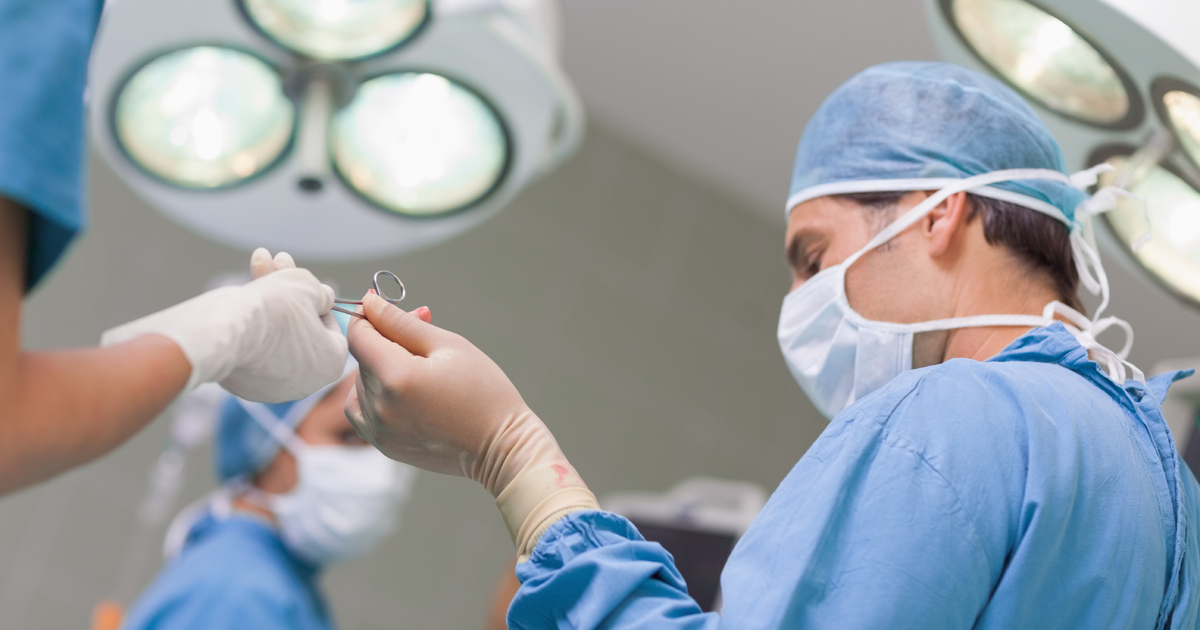Guide To Preventing And Treating Abdominal Aortic Aneurysms
An abdominal aortic aneurysm is a condition that affects an individual's aorta, which is the main artery that provides the body with its supply of oxygenated blood. It is the largest blood vessel in the body and spans from the heart to the lower abdomen. This blood vessel can become weakened at any point, causing it to bulge. When this happens to the lower portion of the aorta, it is an abdominal aortic aneurysm. This type of aneurysm develops slowly over time and does not have any symptoms until it is relatively large and or has ruptured. A deep and persistent abdominal pain radiating to the side, back pain, and a pulse near the bellybutton are all symptoms indicative of an abdominal aortic aneurysm. The most common causes of this kind of aneurysm are infection, trauma, atherosclerosis, blood vessel diseases, and hypertension.
There are several methods to treat and prevent abdominal aortic aneurysms. Learn about them now!
Exercise Regularly And Eat Healthy

Abdominal aortic aneurysms can be prevented and managed if an individual exercises regularly and eats healthy. A sedentary lifestyle, obesity, and being overweight are three known factors that can increase an individual's risk of developing an abdominal aortic aneurysm. Exercising regularly can help an individual maintain a healthy body mass index and eliminate the risk factor of being overweight or obese. A heart-healthy diet is recommended for individuals who have or are at risk of developing an abdominal aortic aneurysm. Alcohol should only be consumed once or twice a week, and typically only one or two drinks should be consumed each time. Foods high in salt should be avoided in affected individuals because sodium increases blood pressure. No more than 2,300 milligrams of sodium should be consumed each day in individuals who have or are high risk for an abdominal aortic aneurysm. Usually, any food that comes in a can, jar, or bag has too much salt in it for an individual on a heart-healthy diet.
Keep reading to uncover more options for preventing and treating abdominal aortic aneurysms now.
Manage Blood Pressure And Cholesterol

An individual can prevent abdominal aortic aneurysms or prevent an existing small one from worsening if they manage their blood pressure and cholesterol. High blood pressure places the most direct stress on the blood vessel walls, including the aorta. High blood pressure increases the risk of aorta wall compromise and weakening, which can result in the formation of an abdominal aortic aneurysm. Blood pressure management medications such as beta-blockers can be utilized to manage blood pressure in affected individuals. High cholesterol can cause the vessel walls to become stiff and narrowed. Cholesterol can combine with white blood cells and other substances in the blood, resulting in plaque deposits on the inner artery walls. This plaque calcifies or becomes hard, decreasing the amount of space for blood to flow through and reducing the ability of the vessels to expand. This process places greater strain on the heart and aorta to move blood to all of the tissues in the body, increasing the risk of an abdominal aortic aneurysm. Medications and diet changes can be used to keep cholesterol at a healthy level.
Get more details on how to treat an abdominal aortic aneurysm now.
Avoid Heavy Lifting And Stress

Part of the treatment for an abdominal aortic aneurysm is to avoid heavy lifting and stress. When an affected individual lifts heavy objects or participates in any similar physical activity, it can place unnecessary pressure on their abdominal aortic aneurysm. Excessive pressure can cause an abdominal aortic aneurysm to expand at a faster rate or even rupture. An individual has a sudden increase in their blood pressure when they lift heavy objects or exert themselves in this manner. Patients should avoid these activities to keep their blood pressure at a healthy level. Abdominal aortic aneurysm patients should avoid stressful situations if possible. Stress activates an individual's naturally occurring fight or flight response in situations where they feel threatened in any way. This stress response causes a release of several hormones that help concentrate oxygen in the muscle and brain tissues, increase heart rate, and increase blood pressure to prepare for potential danger. The increase in blood pressure via the stress response can cause an abdominal aortic aneurysm to become larger and or rupture.
Read more about treating abdominal aortic aneurysms now.
Endovascular Repair

When an abdominal aortic aneurysm reaches a certain size or causes debilitating symptoms, an endovascular repair may be needed to treat it. This is the most common surgical method used to treat abdominal aortic aneurysms between 1.9 and 2.2 inches, and the recovery time is less than half of that for open abdominal surgery. During an endovascular repair, the patient may receive local or general anesthesia before the physician makes an incision on both sides of the groin. Using imaging equipment, the physician threads a guidewire to the site of the aneurysm. The physician then injects contrast dye into the area to obtain a better visual of the aneurysm and blood vessels near it. Guided by imaging equipment, the surgeon threads a stent-graft to the aneurysm. The stent-graft is expanded and the weakened aorta wall it is attached to it. Contrast dye is injected once again to ensure there are no leaks. The guidewire and tools are removed, and the small incisions are sutured up.
Uncover information on the next treatment options for abdominal aortic aneurysms now.
Open Abdominal Surgery

Some individuals who have an abdominal aortic aneurysm that requires surgical treatment cannot undergo an endovascular repair and require open abdominal surgery to treat it. During open abdominal surgery, a vertical incision is made from the bottom of the breastbone to just underneath the patient's navel. Alternatively, an incision from underneath their left arm to the center of their abdomen to underneath their navel may be used. The patient's aorta will be clamped with special equipment above and below the section containing the aneurysm to stop blood flow. The physician makes an incision in the aneurysm to place a graft or long tube inside of it. The tube is sutured to both ends of the aorta, and the clamps are removed. The physician takes the aneurysm wall and wraps it around the installed graft. The aorta is then sutured up, and the incision in the patient's abdomen is closed. Open abdominal surgery is sometimes the only option for individuals affected by an abdominal aortic aneurysm, and recovery from this procedure can take over a full month.